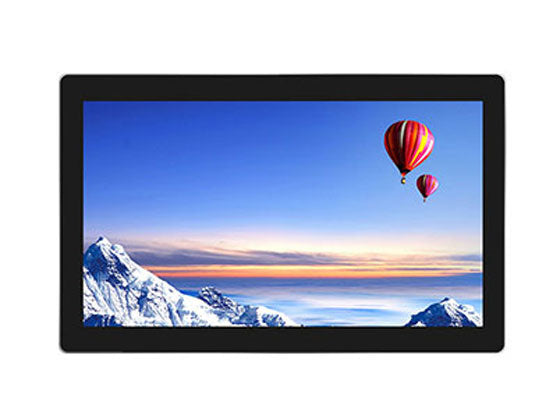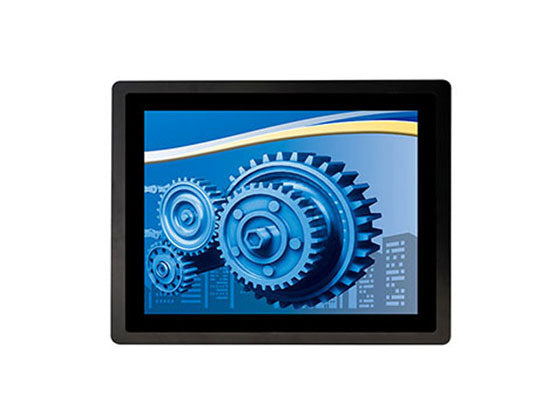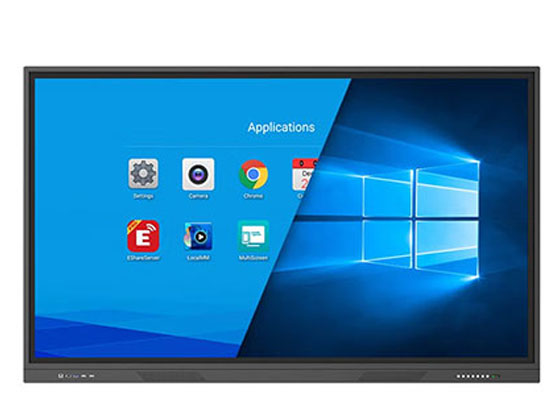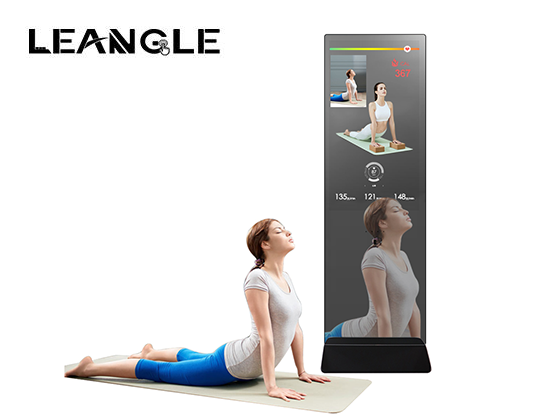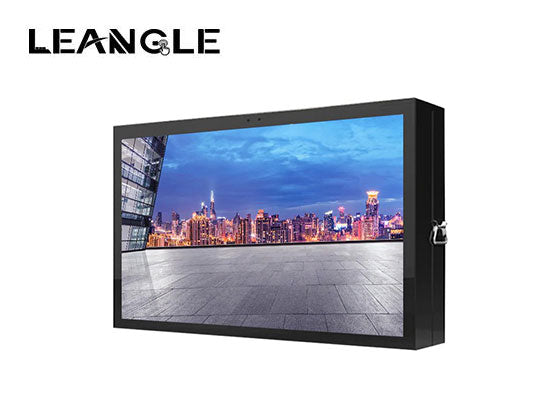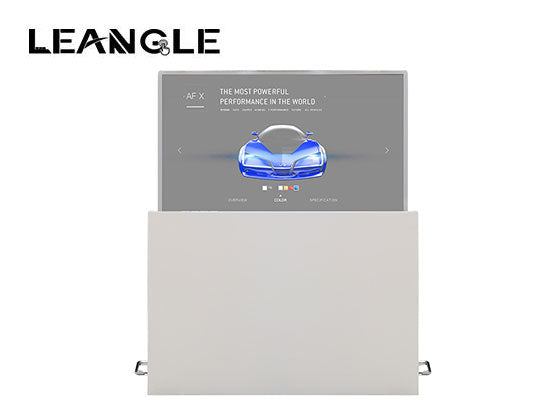PCAP is one of the common touchscreen technologies in the world, the word “PCAP” is an acronym of Projected Capacitive.
PCAP touchscreen contains horizontal and vertical electrodes films to represent x and y axis, and an insulation layer. The electrodes must be transparent, so they are normally made with ITO films. And the insulation layer usually made of glass.
There are two popular designs of PCAP touchscreens: G+G or G+F+F
The G+G design protects the electrodes films in the middle of two layer of glass.
And the G+F+F design has doubled the electrodes films.
Human body is conductive. With the conductivity of human body, when a bare finger touches the sensor with the pattern of electrodes, a capacitance coupling happens between the human finger and the electrodes which makes change of the electrostatic capacitance between the horizontal and vertical electrodes. The touchscreen controller detects the electrostatic field change and thus figure out the location it is touched.
There are pros and cons for PCAP technology.
Pros:
It has a more clarity image since it uses glass.
Glass layer protect it from scratch.
For the same reason, it works better when facing dust, oil, grease, and moisture.
It is easier and cheaper to achieve multi-touch with PCAP.
Cons:
You can only use a small part of materials to activate this screen: your fingers, or thin surgical or cotton gloves, you cannot use pens or cards normally (unless special designed).
It is sensitive to EMI/RFI.
Glass can be fragile if not reinforced.

